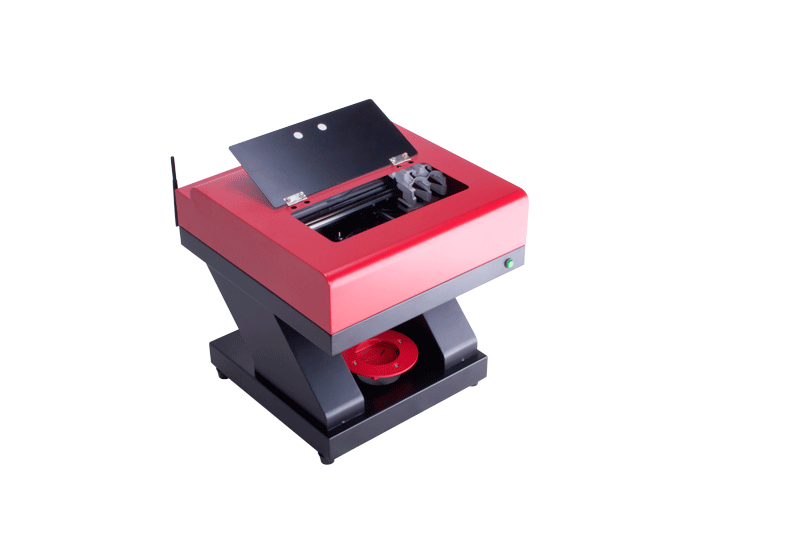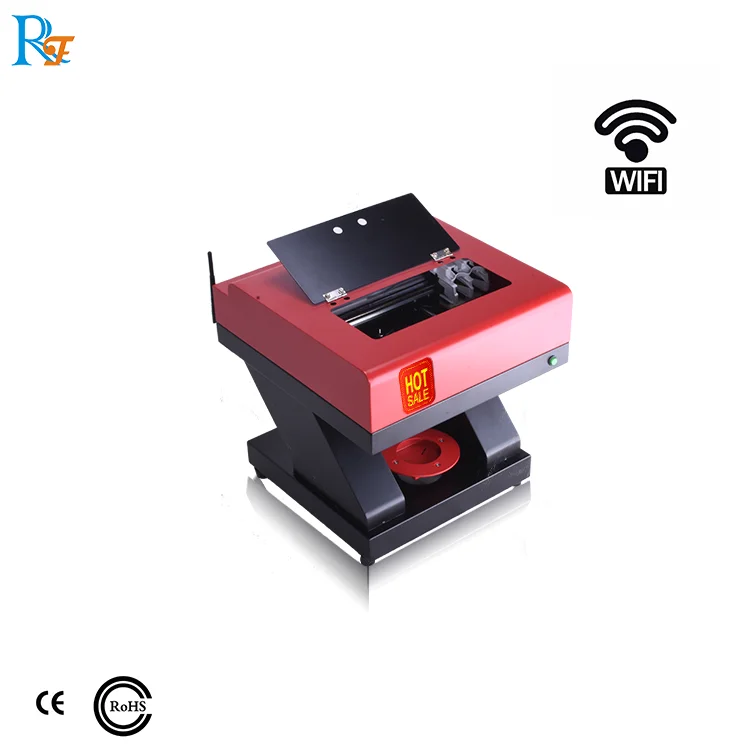The conductance (G) is the reciprocal of the resistance (R). Therefore, when two electrodes (usually platinum electrodes or platinum black electrodes) are inserted into the solution, the resistance R between the two electrodes can be measured. According to Ohm's law, when the temperature is constant, this resistance value is proportional to the electrode distance L (cm) and is inversely proportional to the cross-sectional area A (cm2) of the electrode, that is, R=Ï×(L/A); where Ï is the resistivity and is long 1cm, the resistance of the conductor with a cross-sectional area of ​​1cm2 depends on the nature of the material.
According to the above formula, the conductance of the conductor (G) can be expressed as follows: G = 1/R = (1/Ï) × (A/L) = K × (1/J); where K = 1/Ï For the conductivity, J=L/A is referred to as the electrode constant; the conductivity of the electrolyte solution refers to the conductance of a 1 cm3 solution between two parallel electrodes separated by 1 cm. From the above equation, when the electrode constant (J) is known and the solution resistance (R) or conductance (G) is measured, the conductivity can be determined.
Conductivity Meter Features
Conductivity meter is an essential instrument for measuring the conductivity of aqueous solutions in the laboratory. It is widely used in petroleum, chemical, biological, pharmaceutical, sewage treatment, environmental monitoring, mining and metallurgy as well as universities and research institutes. The features of the instrument are as follows:
1, the instrument has a constant electrode and temperature compensation.
2. The instrument adopts a stable performance sine wave generator composed of high-performance integrated circuits, so the reading is stable and the drift is small.
3. The instrument uses a phase-sensitive detector to suppress the influence of the distributed capacitance of the electrode lead on the measurement. Therefore, the instrument does not require capacitance compensation, and the measurement accuracy of low conductivity is greatly improved.
This is our NEW DESIGNED selfie Coffee Printer, it can print on milk, coffee, drinks, and milkshake, cakes, chocolates, ect, It is largely updated from the old coffee printer,faster speed,lower cost,and more convenient operating system.

Picture
Parameters

Product name
Wifi coffee printer
Ink color(Edbile ink)
Cyan, Magenta, Yellow, Black
Printer head
HP-803 head
Printing speed
20s/cup
Max print resolution
600*600dpi
Max printing size
11*11cm
Print height Adjustment
0-19cm
Printer size
41*43*42cm(Length*Width*Height)
Package size
49*52*52cm(Length*Width*Height)
Operation Temperature
10 ° to 30 °
Wifi
Support
Weight
16Kg
Power supply
AC 220V/110V
Height adjustment
Full automatic
Operation systems
Windows 7-10
Ink system
Ink cartridge
Warranty
Three years
Selfie Coffee Printer,Selfie Coffee Printer Machine,Automatic Selfie Coffee Printer,Digital Selfie Coffee Printer
Shenzhen Refinecolor Technology Co., LTD. , https://www.szuvflatbedprinter.com